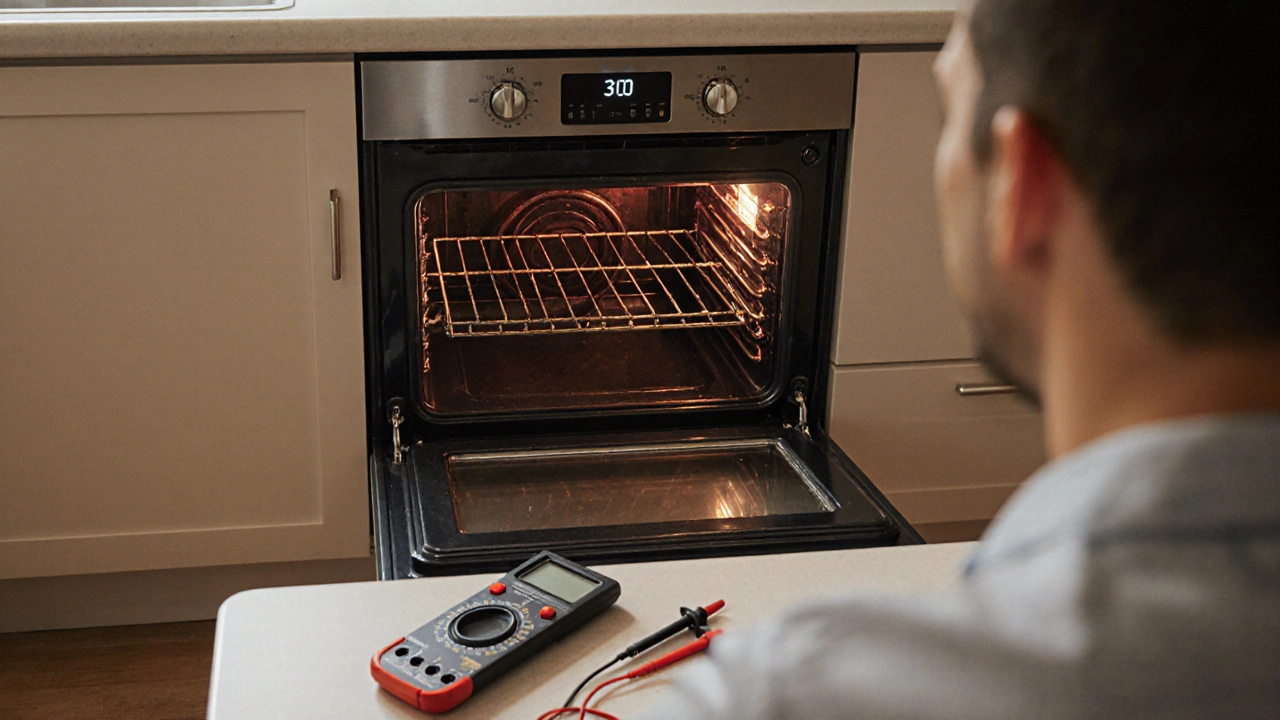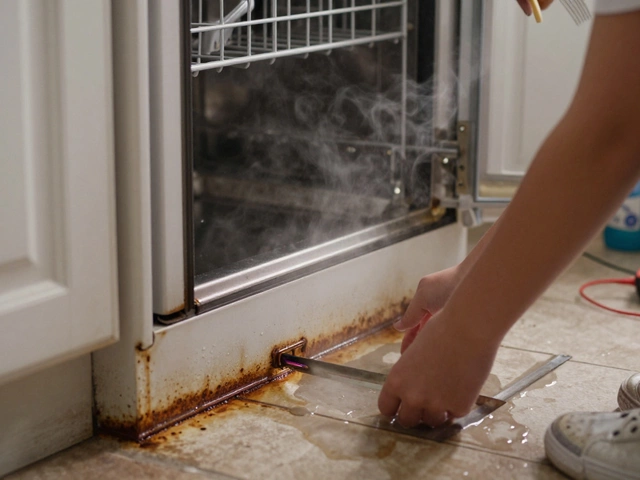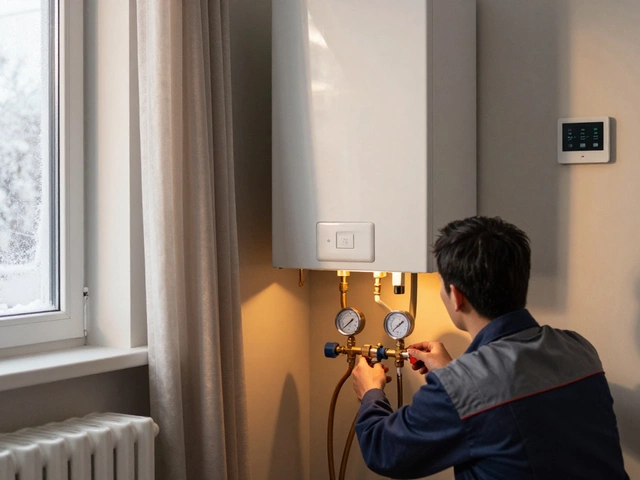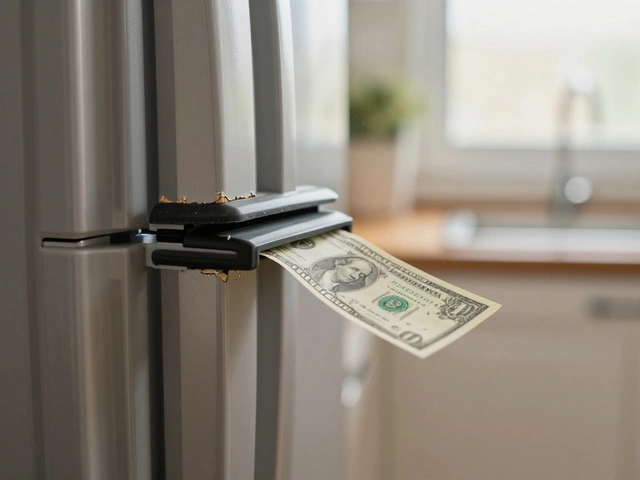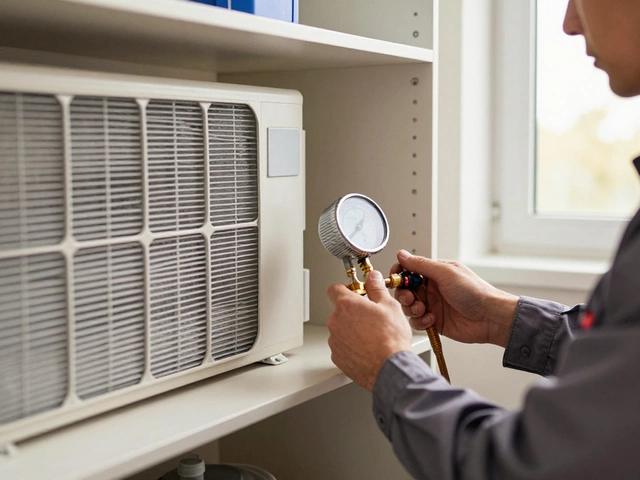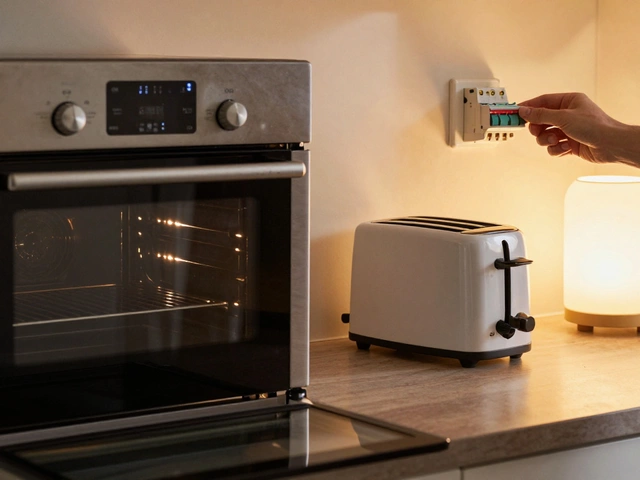When to Replace an Oven – Expert Guide & Checklist
Understanding When to Replace an Oven, the moment fixing costs outweigh buying new, or safety and performance drop below acceptable levels. Also known as oven replacement decision, it helps homeowners avoid wasted money and dangerous cooking situations.
Key Factors That Signal It’s Time
First, think about the Oven Lifespan, the typical service window of 10‑15 years for most residential models. If your unit is beyond this range, wear‑and‑tear is likely hiding in critical parts. Next, check the Oven Heating Element, the component that converts electricity into heat for baking and broiling. A flickering or uneven bake is often a failing element. Finally, evaluate the Oven Thermostat, the sensor that tells the oven when to turn on and off. If temperatures swing wildly, the thermostat is probably compromised.
These three pieces—lifespan, heating element, and thermostat—form a simple decision tree: if any two show signs of failure, the cost of replace oven usually beats repeated repairs. Add to that the overall Appliance Repair, the service that diagnoses and fixes faulty kitchen equipment price tag. When a technician quotes more than half the price of a new oven, it’s a clear signal to move on.
Safety plays a hidden but powerful role. An oven that sparks, smells burnt, or leaves the door ajar while heating can become a fire hazard. Many local fire departments recommend replacing units that have experienced multiple electrical issues. Energy efficiency also matters; older ovens often consume 20‑30% more power than modern, Energy Star‑rated models. If your electricity bill spikes after a repair, the hidden inefficiency might be the real cost driver.
Beyond the hardware, consider how you use your oven. Home chefs who bake daily put more stress on the heating element and thermostat than occasional cooks. If you notice longer preheat times or uneven browning on frequent bake days, the cumulative stress can accelerate failure. In such scenarios, pre‑emptive replacement saves time and preserves recipe quality.
Financially, calculate the **total cost of ownership**: purchase price, expected repair expenses, and energy usage over the next few years. Many online calculators let you plug in your oven’s age, annual electricity rate, and typical repair costs. When the projected total exceeds the price of a new, efficient model, the rational choice becomes clear.
There’s also the resale angle. A well‑maintained oven under ten years can add value to a home sale, while a clunky, unreliable unit can deter buyers. If you’re planning to move soon, replacing an aging oven can be a strategic investment that pays off at closing.
In practice, start with a quick visual and functional check: look for rust, broken knobs, or scorched interior walls. Run a simple temperature test with an oven thermometer. If the reading deviates by more than 25°F from the set temperature, note the discrepancy. Document any error codes displayed on digital panels. Bring this info to a trusted service tech; a clear symptom list often leads to a faster, more accurate estimate.
When you gather estimates, ask the repair professional to break down parts and labor. Compare the price of a new heating element versus a full oven replacement. If the part alone costs close to half the price of a new appliance, you’re likely looking at a replacement scenario. Also, verify warranty coverage—some manufacturers replace faulty ovens within the first two years at no cost.
Finally, remember that replacement doesn’t have to be a headache. Many retailers offer free delivery, installation, and haul‑away of the old unit. Look for promotions that bundle a new oven with a professional install; the added convenience can tip the scales in favor of a fresh start.
Armed with these checkpoints—lifespan, part health, repair cost, safety, energy use, and usage patterns—you can confidently decide whether your oven still has life left or it’s time for a new one. Below you’ll find articles that dive deeper into each of these points, from diagnosing a faulty heating element to budgeting for a brand‑new oven. Explore the collection to get the detailed guidance you need for a smart, safe, and cost‑effective decision.
When to Replace Your Oven: Key Signs, Costs & What to Do
- Alden Wilder
- Oct 12 2025
- 0 Comments
Learn the clear signs your oven needs replacing, how to diagnose problems, compare repair vs. new costs, and get tips on choosing the right replacement.
View More